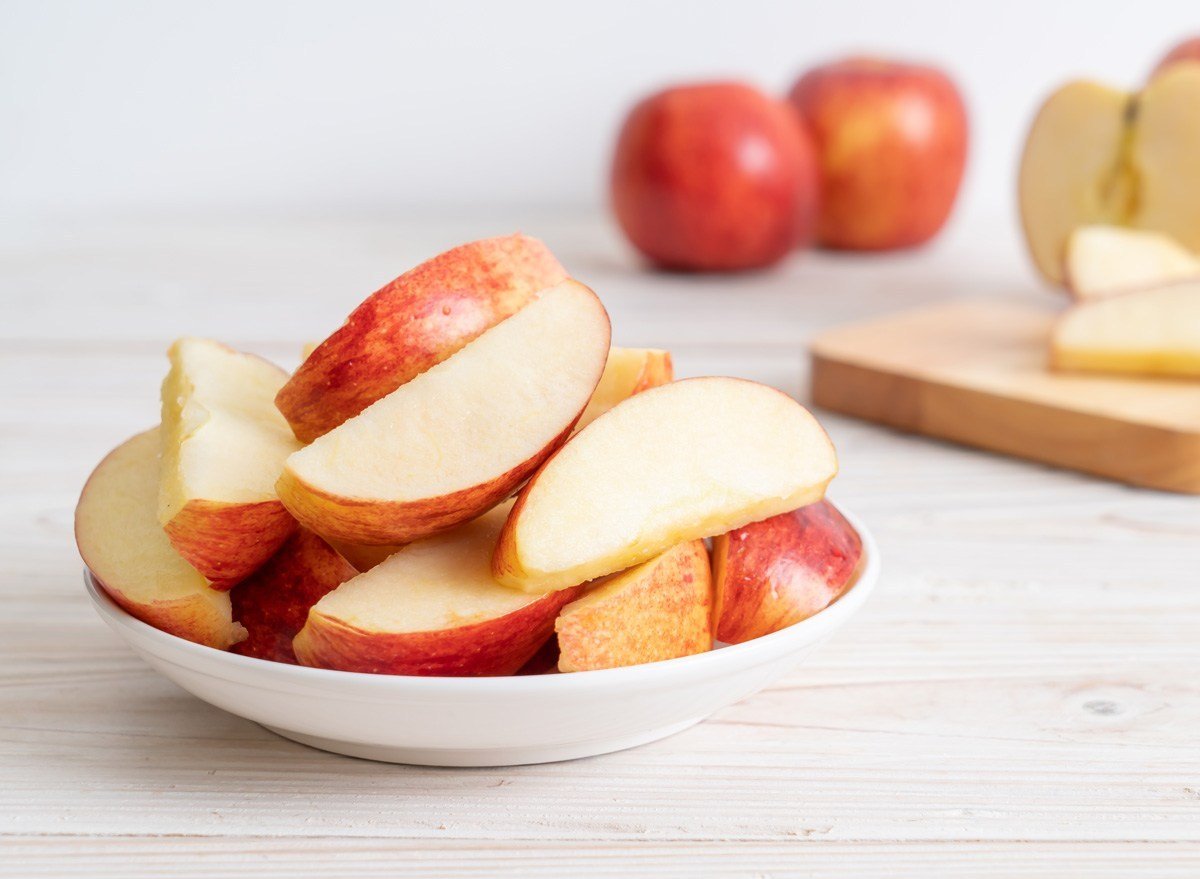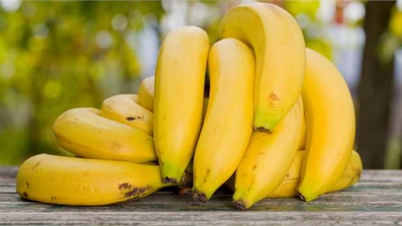A person is considered to have high cholesterol when this index exceeds 200 mg/dL. In fact, many people have cholesterol levels higher than normal but do not know it, according to the health website Healthline (USA).

Citrus fruits are rich in the soluble fiber pectin, which helps control blood cholesterol levels.
Regular exercise, stress reduction, and alcohol restriction are important ways to keep blood cholesterol levels within healthy ranges. Maintaining a healthy diet is also important.
A healthy diet prioritizes foods rich in fiber and minimizes foods high in saturated fat, salt, and sugar. Fruits, while high in sugar, are less than candy, cakes, or other pastries.
In fact, certain fruits can actually help reduce and control blood cholesterol levels, especially fruits high in pectin.
Pectin is a soluble fiber found in all plants. It is converted from protopectin when fruits ripen and can dissolve in water. This type of fiber is abundant in lemons, apples, oranges, grapefruits and tangerines.

Experts recommend people eat pectin-rich fruits such as apples ( pictured ), citrus fruits and strawberries.
Soluble fiber pectin brings many health benefits, from enhancing glucose metabolism, promoting digestion and preventing many health problems such as cancer, obesity, enteritis...
With blood cholesterol levels, pectin has been shown to improve lipid metabolism and improve cholesterol. This benefit is due to pectin helping to increase fibrin in the body. Fibrin plays an important role in blood clotting.
In one study, scientists asked 20 people to eat 15 grams of pectin-rich cookies every day for 21 days. After this period, their total blood cholesterol levels decreased by an average of 5%.
To control blood cholesterol levels, experts recommend that people eat fruits rich in pectin such as apples, citrus fruits and strawberries. To add variety to the diet, we can eat some healthy foods that also have the effect of controlling cholesterol such as whole grains, nuts, fatty fish, eggplant and beans, according to Healthline .
Source link


![[Photo] Binh Thuan organizes many special festivals on the occasion of April 30 and May 1](https://vphoto.vietnam.vn/thumb/1200x675/vietnam/resource/IMAGE/2025/5/1/5180af1d979642468ef6a3a9755d8d51)

![[Photo] Ha Giang: Many key projects under construction during the holiday season](https://vphoto.vietnam.vn/thumb/1200x675/vietnam/resource/IMAGE/2025/5/1/8b8d87a9bd9b4d279bf5c1f71c030dec)




























![[Photo] Feast your eyes on images of parades and marching groups seen from above](https://vphoto.vietnam.vn/thumb/1200x675/vietnam/resource/IMAGE/2025/4/30/3525302266124e69819126aa93c41092)


































































Comment (0)